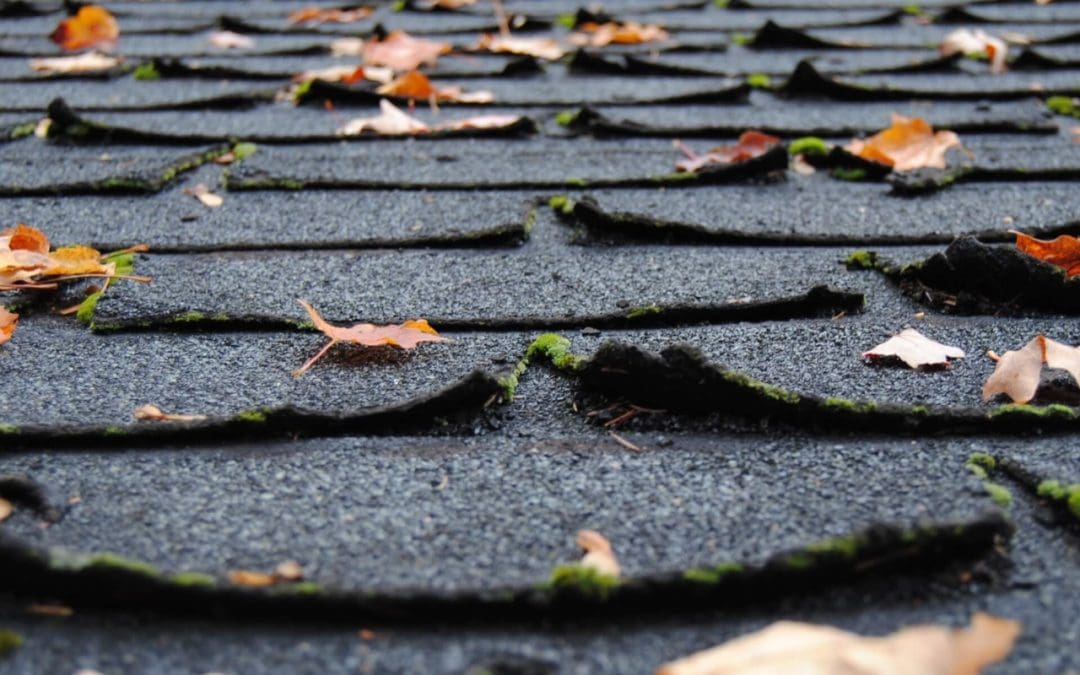Your roof is one of the most critical components of your home. It provides protection from the elements and contributes to your home’s overall structural integrity. Yearly roof maintenance is essential to extend its lifespan, prevent costly repairs, and maintain the safety of your household.
Inspection: The First Step in Yearly Roof Maintenance
The first step in annual roof maintenance is a thorough inspection. If the roof is safe to stand on, inspect it from the ground and on it. Look for visible signs of damage, such as missing or broken shingles, sagging areas, or moss and algae growth. Pay special attention to the areas around chimneys, skylights, and vents, as these are common sites for leaks.
Cleaning the Roof
Over time, debris like leaves, branches, and dirt can accumulate on your roof, potentially leading to water pooling and damage. Cleaning the roof involves removing this debris to ensure proper water drainage. Additionally, moss and algae compromise the integrity of your shingles, so treat these growths with appropriate cleaning solutions.
Gutter Maintenance
Gutters direct water away from your roof and home. Clogged gutters can cause water to back up and seep under your shingles, leading to leaks and water damage. Regularly clean your gutters and downspouts to ensure they are free of leaves, dirt, and other debris. Check for any signs of damage or sagging and make necessary repairs to keep them functioning correctly.
Checking for Leaks During Yearly Roof Maintenance
Even a tiny leak can lead to significant damage over time. During your inspection, look for signs of water damage inside your home, such as water stains on the ceiling or walls. If you find any, trace them back to their source on the roof. Repairing leaks can prevent mold growth, structural damage, and costly repairs.
Flashing and Sealant
Flashing and sealant around chimneys, vents, and skylights are vital for preventing water intrusion. Check these areas for cracks, loose sections, or other signs of wear. Replacing old, cracked sealant and ensuring the flashing is secure can prevent leaks and extend the life of your roof.
Trim Overhanging Branches
Overhanging tree branches can scrape and damage your roof, especially during storms. Trimming these branches back prevents physical damage and reduces the amount of debris on your roof. It also limits the access points for rodents and other pests that could cause harm.
Professional Inspection and Maintenance
While homeowners can perform many roof maintenance tasks, scheduling a professional inspection annually is a good idea. A roofing professional can identify issues that might be missed by an untrained eye and can perform more complex maintenance tasks, such as repairing flashing or replacing damaged shingles.
Preparing for Seasonal Changes During Yearly Roof Maintenance
Changing seasons bring various challenges for your roof. In preparation for winter, ensure your roof is clear of debris, and that gutters are clean to handle snow and ice. In spring, check for damage caused by winter weather and make necessary repairs. Summer is a good time for a thorough inspection and cleaning, and fall is ideal for preparing your roof for winter once again.
Yearly roof maintenance is crucial for protecting your home from the elements, preventing costly repairs, and extending the life of your roof. By performing regular inspections, cleaning, and necessary repairs, you can ensure that your roof remains in good condition and continues to provide reliable protection for your home and family. Don’t underestimate the importance of this annual task, and consider enlisting professional help to ensure your roof is maintained properly.
FAQs
How do I clean moss and algae off my roof?
To clean moss and algae off your roof, use a specialized roof cleaner or a mixture of water and bleach. Apply the solution gently with a sprayer, let it sit for 15-20 minutes, and then rinse it off with a garden hose. Avoid using a pressure washer, as it can damage the shingles.
What should I do if I find a leak?
If you find a leak, place a bucket to catch dripping water and try to identify the source. Patch small leaks with roofing cement or a temporary patch kit. For larger leaks or if you cannot locate the source, contact a professional roofer immediately to prevent further damage.
How does regular maintenance affect my homeowner’s insurance?
Regular roof maintenance can positively impact your homeowner’s insurance. Insurers may offer discounts for well-maintained roofs, and a maintained roof reduces the risk of damage claims. Check with your insurance provider for specific maintenance requirements and potential discounts.
What are the signs that my roof needs repair?
Common signs that your roof needs repair include missing or damaged shingles, water stains on ceilings or walls, mold or mildew growth, sagging roof sections, and increased energy bills due to poor insulation. If you notice any of these signs, address them promptly.
SC Property Inspections provides inspections to homebuyers and sellers in the Lowcountry of South Carolina. Contact us to request our services.

